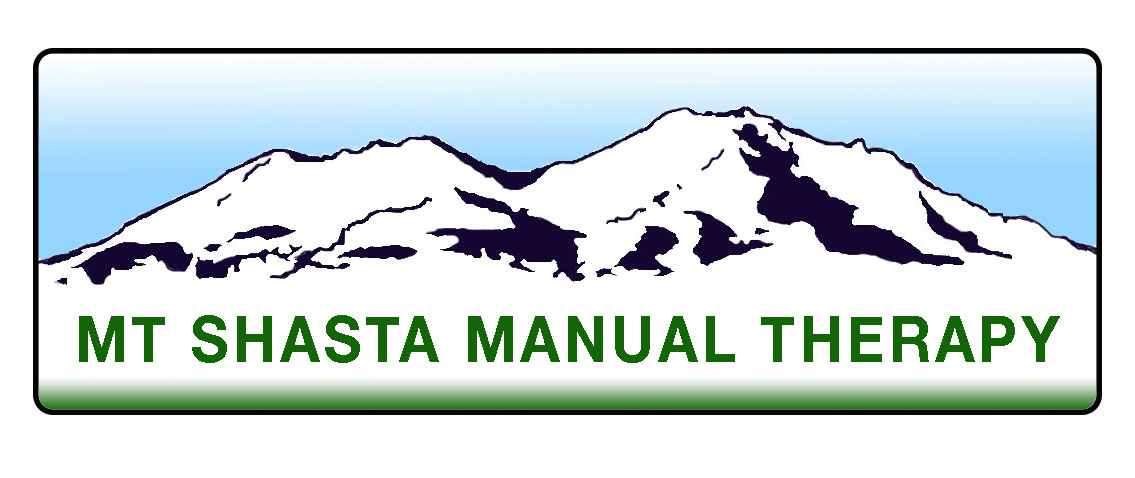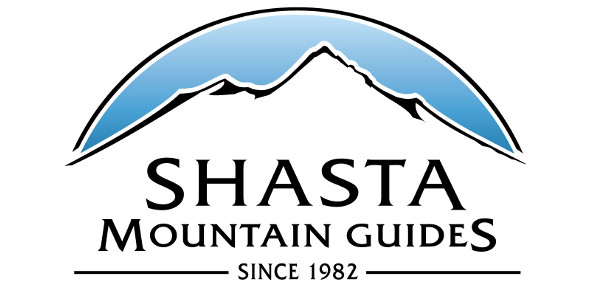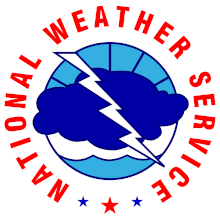You are here
Avalanche Forecast for 2020-04-30 09:46
- Issued by Nick Meyers - Shasta-Trinity National Forest
Bottom Line
The Mount Shasta Avalanche Center has closed the doors on the 2019-2020 winter season. We will resume issuing daily avalanche forecasts in the fall of 2020. For an overview of the most common springtime avalanche concerns, read the full spring avalanche statement below.
California is under a state stay-at-home order and the Mount Shasta Wilderness area is CLOSED above 10,000 feet until further notice. Climbers, please plan your trip for a later time. Thank you.
Avalanche Problem 1: Loose Wet
-
Character ?

-
Size ?HistoricVery LargeLargeSmall

Loose wet avalanches will be the primary avalanche concern throughout the spring on Mount Shasta. Loose wet avalanches are the release of wet, unconsolidated snow or slush. They start at a point and entrain snow as they move downslope, forming a fan-shaped avalanche. They generally move slowly, but can contain enough mass to cause significant damage to trees, cars or buildings. Some of these avalanches may seem harmless, but can be deadly in high consequence terrain like above cliffs or a terrain trap. It is also important to remember that wet loose avalanches can trigger slab avalanches that break into deeper snow layers.
Travel when the snow surface is colder and stronger. Typically, this involves starting early and heading back early. Plan your trips to avoid crossing on or underneath very steep slopes in the afternoon. Move to colder, shadier slopes once the snow surface turns slushy. Avoid steep, sunlit slopes above terrain traps, cliffs and long sustained steep pitches.
Avalanche Problem 2: Wind Slab
-
Character ?

-
Size ?HistoricVery LargeLargeSmall

Spring snow storms accompanied by strong winds are possible this spring. Winds slabs form during storms, for several days following a storm, and during high wind events. Pay attention to wind direction and how the wind transported snow is redistributed throughout the terrain. Use clues like blowing snow, cornice formation, and textured snow surfaces to identify areas where potentially unstable wind slabs exist. Look for typical signs of mid winter instability like recent avalanches, shooting cracks, and/or whumphing.
Avalanche Problem 3: Storm Slab
-
Character ?

Springtime storms can often produce heavy precipitation, rapidly adding new snow and weight to the snowpack. It is important to give the snowpack time to adjust after a significant snowfall, as storm slab problems can last for a few hours to a few days. Storm slabs are the release of a soft cohesive layer (a slab) of new snow that breaks within the storm snow or on the old snow surface. Often in the spring, new snow will fall on melt-freeze crusts (sun or rain crusts). These crusts provide a great bed surface for the new snow to slide on.
You can reduce your risk of getting caught in a storm slab avalanche by waiting a day or two after a storm before venturing into steep terrain. Storm slabs are most dangerous on slopes with terrain traps like gullies, cliff bands, dense timber, or terrain features that make it difficult for a rider to escape off the side.
Forecast Discussion
Spring Statement 2020
Conditions in the mountains can change rapidly in the springtime. The full spectrum of weather is possible, and several avalanche problems can arise in the backcountry. The problems listed above are the most likely this coming spring, but cornice fall, wet slab, and glide avalanches are additional concerns to keep in mind as the snowpack continues to transition over the next few months.
More snow and cold temperatures are possible this spring. Fortunately, our existing snowpack is strong and stable, which means instabilities to come will only involve new snow layers at the snow surface. The majority of storm slab and wind slab avalanches that may occur this spring are likely to happen during or immediately following big snowstorms. Make sure to give the snowpack time to adjust after it snows before committing to complex avalanche terrain.
For most days throughout the spring, a diurnal melt-freeze cycle will dictate the avalanche hazard. With clear dry weather conditions, snow surfaces often freeze overnight and thaw during the day. When snow surfaces are frozen, snowpack stability is at its best. As they thaw, the snowpack looses strength and stability can become poor, often with increasing avalanche danger by late morning and afternoon. Loose wet avalanche activity should be expected during these weather conditions. Falling rime ice and rock fall can also pose hazards to climbers and skiers in alpine terrain on Mount Shasta. Melt-freeze cycles affect these hazards as well, and timing and efficiency are critical.
In addition to rapid warming due to temperature and solar radiation, rain on snow is a major red flag for avalanches. Rain can work especially quickly to destabilize the snowpack. Not only can these factors produce wet loose avalanches, but can lead to wet slab and glide avalanches as well. Wet slab and glide avalanches often occur with prolonged periods of non-freezing temperatures and/or heavy rainfall. As free water percolates down through the snowpack, it can weaken deeper layers of snow or even the entire snowpack. If free water encounters a crust, ice lens, or smooth ground surface, it may flow along the interface and lubricate it, making avalanches increasingly likely within the snow above.
Regardless of whether the snow keeps falling or not, avalanches can occur until the existing snowpack melts away. Do not let your guard down, and be sure to evaluate the changing snowpack conditions.
Finally, we would like to extend a huge thank you to all who have helped support the Mount Shasta Avalanche Center. Your observations, donations, feedback, and general support are very much appreciated. Thank you for a great season and we will see you back here next winter!
Weather and Current Conditions
Weather Summary
Please check our weather tab at the top of the page for our remote weather station information, NWS Forecast Discussion, NWS Recreational Forecast, and point forecasts.
ALWAYS check the weather before you attempt to climb or recreate on Mount Shasta. Continue to monitor the weather as you climb. Becoming caught on the mountain in any type of weather can compromise life and limb. Please be prepared.
24 Hour Weather Station Data @
| Weather Station | Temp (°F) | Wind (mi/hr) | Snow (in) | Comments | ||||||||
|---|---|---|---|---|---|---|---|---|---|---|---|---|
| Cur | Min | Max | Avg | Avg | Max Gust | Dir | Depth | New | Water Equivalent | Settlement | ||
| Mt. Shasta City (3540 ft) | ||||||||||||
| Sand Flat (6750 ft) | ||||||||||||
| Ski Bowl (7600 ft) | ||||||||||||
| Gray Butte (8000 ft) | ||||||||||||
| Castle Lake (5870 ft) | ||||||||||||
| Mount Eddy (6509 ft) | ||||||||||||
| Ash Creek Bowl (7250 ft) | ||||||||||||
| Ash Creek Ridge (7895 ft) |
Season Precipitation for Mount Shasta City
| Period | Measured (in) | Normal (in) | Percent of Normal (%) |
|---|---|---|---|
| From Oct 1, 2024 (the wet season) | 17.17 | 36.68 | 47 |
| Month to Date (since Apr 1, 2025) | 2.00 | 1.22 | 164 |
| Year to Date (since Jan 1, 2025) | 8.24 | 21.47 | 38 |




























































